How Old is China? A Comprehensive Guide to Chinese History and Culture
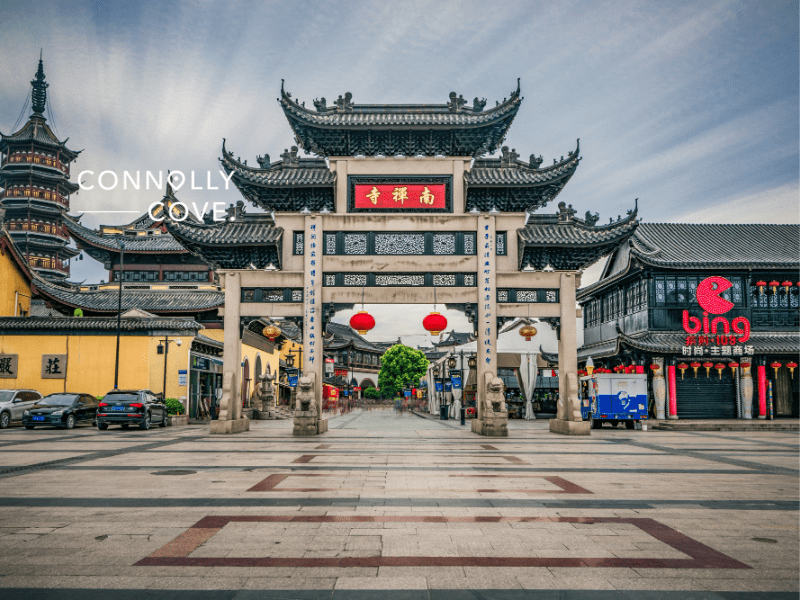
Updated On: May 01, 2024 by Maha Yassin
“How old is China?” is a question always asked when China is celebrated as one of the world’s oldest continuous civilisations. Chinese history stretches back more than 5,000 years! In the fertile basin of the Yellow River and the Yangtze River, known as the cradle of Chinese civilisation, complex societies emerged and flourished, giving rise to sophisticated cultures, enduring traditions, and a wealth of historical records and artefacts.
This ancient land saw the rise and fall of dynasties, the development of unique systems of writing, philosophy, and governance, and the creation of inventions and artworks that have had a lasting influence on human history. The rich tapestry of China’s past is not just a chronicle of dates and events but a legacy of intellectual, cultural, and technological achievements that continue to resonate through the ages.
In this article, we will go on a journey through the rich history of China. Figuring out how old China is through everything it has given the world, good and bad. From dynasties to cultural impact to art to delicious food, China is an integral part of the world’s history. It is a country worth visiting and basking in its rich culture.
How Old Is China Through Its Dynatisies
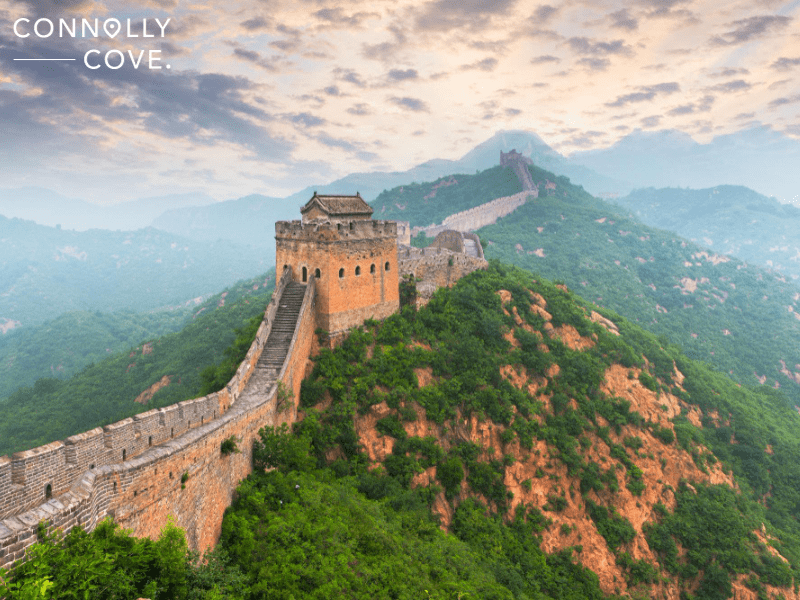
The antiquity of Chinese history is profound, and its age is a testament to the resilience and ingenuity of human societies. Archaeological findings suggest that ancient China, as a distinguishable cultural and geographical entity, began to take shape during the Neolithic period, with evidence of agricultural communities dating back to around 10,000 BC.
Several dynasties have left indelible marks on the tapestry of Chinese history, each contributing significantly to the nation’s development and its role in the world. Here, we delve into some of the most influential dynasties:
The Start of Imperial China: Shang Dynasty (c. 1600–1046 BC)
As one of the first recorded Chinese dynasties, the Shang Dynasty is especially important for its development of a writing system, which would evolve into modern Chinese characters. Its legacy also includes advanced bronze casting techniques and the use of oracle bones for divination purposes, which provide a glimpse into early Chinese religion, society, and government.
The Shang Dynasty, recognized as one of the earliest Chinese ruling families, holds significant significance due to its contributions to the creation of a written language that would later transform into contemporary Chinese characters. In addition, their heritage encompasses sophisticated methods of casting bronze objects and the utilization of oracle bones for the purpose of divination. These practices offer valuable insights into the early aspects of Chinese religion, society, and governance.
Zhou Dynasty (1046–256 BC)
The longest-lasting of China’s dynasties, the Zhou was foundational, giving birth to Chinese philosophy, including Confucianism and Taoism. The Zhou period is divided into two eras: the Western Zhou and the Eastern Zhou. The latter is further segmented into the Spring and Autumn period and the Warring States period. This was a time of great intellectual ferment and the consolidation of the feudal system, which would influence Chinese governance for centuries.
Qin Dynasty (221–206 BC)
The Qin may have been short-lived, but it was transformative, marking the beginning of imperial China. The first emperor of China, Qin Shi Huang, is a particularly significant figure for his unification of China, standardisation of weights and measures, script, and currency, and for commencing construction of what would become the Great Wall of China.
Han Dynasty (206 BC – 220 AD)
The Han Dynasty is often compared to the Roman Empire in its influence and achievements. It was during this era that China solidified its identity with the expansion of its borders, the establishment of the Silk Road, and significant developments in art, culture, and technology. Confucianism became the state philosophy, shaping the ethos of the Chinese government and education for generations.
Tang Dynasty (618–907)
The Tang Dynasty is considered a golden age of Chinese arts and culture. Under the Tang, China experienced an unparalleled flourish in poetry, painting, and porcelain. It was also a time of progressive social change and cosmopolitanism, with the capital at Chang’an (modern-day Xi’an) becoming one of the largest and most international cities of its time.
Song Dynasty (960–1270)
Known for its remarkable innovations, the Song Dynasty saw the invention of gunpowder, the compass, and the inception of a paper currency system. Economically, culturally, and technologically advanced, the Song era witnessed the early stirrings of what some scholars call a “proto-industrial” revolution.
Ming Dynasty (1368–1644)
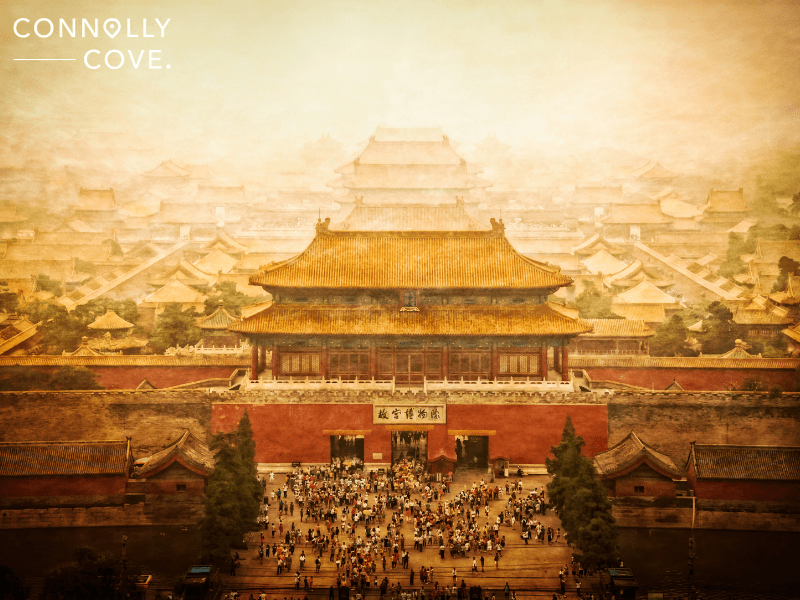
The Ming Dynasty is famous for its maritime expeditions led by Admiral Zheng He, the construction of the Forbidden City, and the completion of the Great Wall’s modern structure. The Ming era represented a period of indigenous rule characterised by strong social stability, population growth, and isolationist policies that would shape China’s foreign policy for centuries.
Qing Dynasty (1644–1912)
The last imperial dynasty of China, the Qing, was established by the Manchus, who expanded the empire to its greatest territorial extent. The period saw the clash and fusion of Manchu and Han cultures, as well as complex interactions with Western powers. The Qing Dynasty witnessed the opium wars, internal rebellions like the Taiping Rebellion, and, ultimately, the collapse of the dynastic system in the face of modernising forces at the turn of the 20th century.
Modern China: The Communist Party (1921 – Today)
The rise of the Communist Party in China marked a profound shift in the nation’s trajectory. Founded in 1921 by figures such as Mao Zedong amidst the ashes of imperial collapse and social unrest, the party promised to champion the peasantry and working class, growing in membership and influence through grassroots organisation and resistance against Japanese occupation. After triumphing over the Nationalist forces in 1949, the party established the People’s Republic of China, ushering in a new era.
Despite early turmoil, including the Great Leap Forward and the Cultural Revolution, the party’s later reforms under Deng Xiaoping’s leadership steered China towards significant economic liberalisation and integration into the global economy. The Communist Party’s tenure has been marked by significant achievements, notably in elevating China to a global economic powerhouse, drastically reducing poverty, and advancing technological innovation while maintaining a singular hold on political power.
Over the ensuing millennia, China underwent periods of fragmentation and reunification, experiencing the rise and fall of imperial dynasties such as the Han, Tang, Song, Ming, and Qing, each contributing their own chapters to the narrative of China’s extensive past. Dynastic rule lasted until the early 20th century, a testament to the long-lasting nature of China’s imperial structure.
The scale of China’s antiquity is also mirrored in its contributions to human progress, with the Four Great Inventions of ancient China: papermaking, the compass, gunpowder, and printing, all of which have played a significant role in shaping the world. This long arc of history, marked by both astonishing continuity and profound change, underscores not just the age of China as a geopolitical entity but its enduring influence on the story of humanity.
A Tapestry of Tradition: A Glimpse into Chinese Culture
To answer the question of “How old is China?” you do not only look into the political history of the ancient country and its many dynasties. You also need to get a comprehensive look into the rich culture of a country as old as China to understand how their history shaped who they are today.
A country as old and as big as China carries so much culture on its shoulders that we can talk about it forever and never finish! But here, we will do our best to give you a glimpse of the different aspects of Chinese culture, including the ancient traditions that they respect to this day, their gorgeous architecture, their one-of-a-kind art, and, of course, their delicious cuisine.
How Old are China’s Traditions and Philosophy?
The bedrock of traditional Chinese culture is its rich tapestry of philosophies, including Confucianism, Taoism, and Buddhism. Confucianism, with its emphasis on morality, social relationships, and justice, has been particularly influential in shaping the ethos of societal conduct and governance. Meanwhile, Taoism celebrates harmony with nature, espousing a life of simplicity and balance, and Buddhism brings perspectives on suffering, compassion, and the pursuit of enlightenment.
Chinese traditions extend to numerous festivals, rich with symbolism and history. The Spring Festival, or Chinese New Year, is the most significant, ushering in the lunar new year with family reunions, red decorations, and the giving of red envelopes (hóngbāo) as symbols of luck and prosperity. The Mid-Autumn Festival is another key event where families gather to admire the full moon and enjoy mooncakes, reflecting the importance of celestial phenomena in Chinese culture.
Best Places to Visit to Experience Chinese Traditions
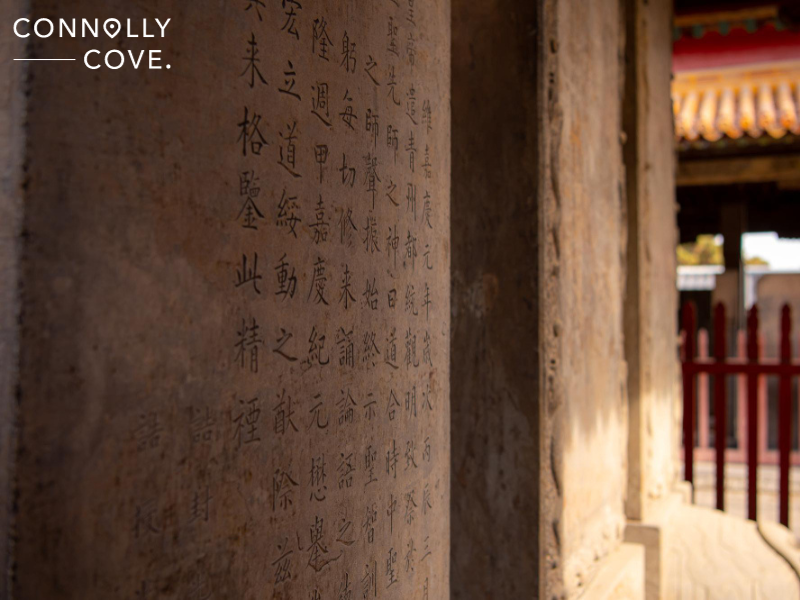
- Confucian Temples and Qufu: The hometown of Confucius in Shandong Province, Qufu, is the ultimate pilgrimage site to experience the impact of Confucianism. The Temple of Confucius, the Cemetery of Confucius, and the Kong Family Mansion are UNESCO World Heritage sites and offer deep insights into the philosopher’s life and enduring influence.
- Wudang Mountains: For a Taoist spiritual experience, the Wudang Mountains in Hubei Province, known for their ancient Taoist monasteries and martial arts schools, are ideal. The serene natural setting complements the spiritual quest for harmony with nature.
- Buddhist Temples and Mount Emei: One of the four sacred Buddhist mountains in China, Mount Emei in Sichuan Province, with its temples and monasteries, provides a tranquil retreat to explore Buddhist teachings and practices.
How Old is China’s Architecture?
Chinese architecture is a visual narrative of the civilization’s architectural evolution, characterized by balance, symmetry, and a connection to the natural world. The Forbidden City in Beijing, with its vast complex of imperial palaces, is a quintessential example of traditional Chinese architecture, with its sweeping roofs adorned with glazed tiles, intricate wooden brackets, and red and gold motifs symbolising wealth and power.
Another emblematic feature of Chinese architecture is the pagoda, whose tiered tower design is believed to be inspired by the Buddhist stupa and adapted to Chinese aesthetics. These structures not only dot the skyline of many Chinese cities but have also influenced architectural styles across Asia.
Best Places to Visit to Marvel at Chinese Architecture
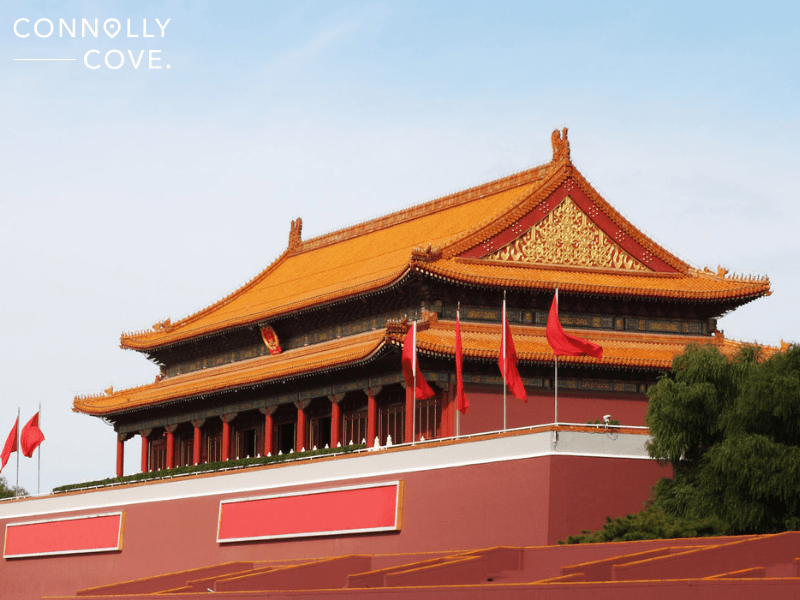
- The Forbidden City, Beijing: As the epitome of Chinese imperial architecture, the Forbidden City offers an unparalleled glimpse into the architectural grandeur of China’s dynasties.
- Great Wall of China: Spanning thousands of miles, the Great Wall offers numerous sections to visit, with the Mutianyu and Badaling sections near Beijing being the most famous for their historical significance and preserved structure.
- Classical Gardens of Suzhou: These gardens, such as the Humble Administrator’s Garden and the Lingering Garden, showcase the sophisticated art of classical Chinese garden design, combining architecture, calligraphy, and landscaping into harmonious sanctuaries.
How Old is China’s Art?
Chinese art is as diverse as it is historical, spanning a variety of mediums and styles. Calligraphy considered the highest art form, is not just a means of communication but also an expression of personal artistry and emotion. The delicate brushwork and attention to flow and space reflect the artist’s mastery and the philosophical principles underlying Chinese art.
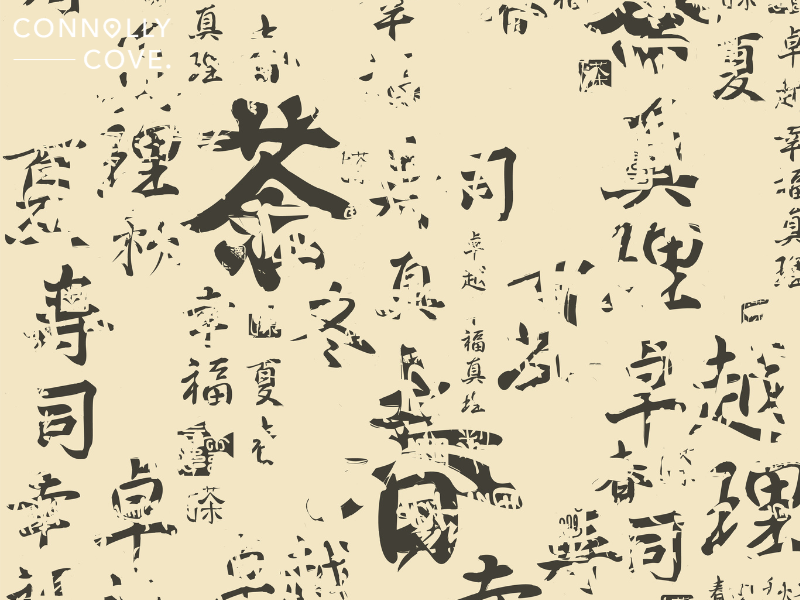
Painting in China has traditionally been dominated by landscapes, often in the form of ink-wash painting, which utilises varying concentrations of black ink to create a spectrum of shades and textures. These paintings frequently reflect the Taoist and Confucian appreciation of nature and harmony.
Best Places to Visit to Bask in Chinese Art
- National Art Museum of China, Beijing: Home to a vast collection of historical and contemporary Chinese art, this museum presents calligraphy, painting, and other traditional arts alongside modern interpretations.
- The Shanghai Museum: Offers a comprehensive look at Chinese art through its impressive collections of bronzes, ceramics, and paintings.
- Guangzhou: Known for its Cantonese embroidery and ink-wash painting, Guangzhou is a city where traditional arts can be seen firsthand, often created by skilled artisans following centuries-old methods.
How Old is China’s Food?
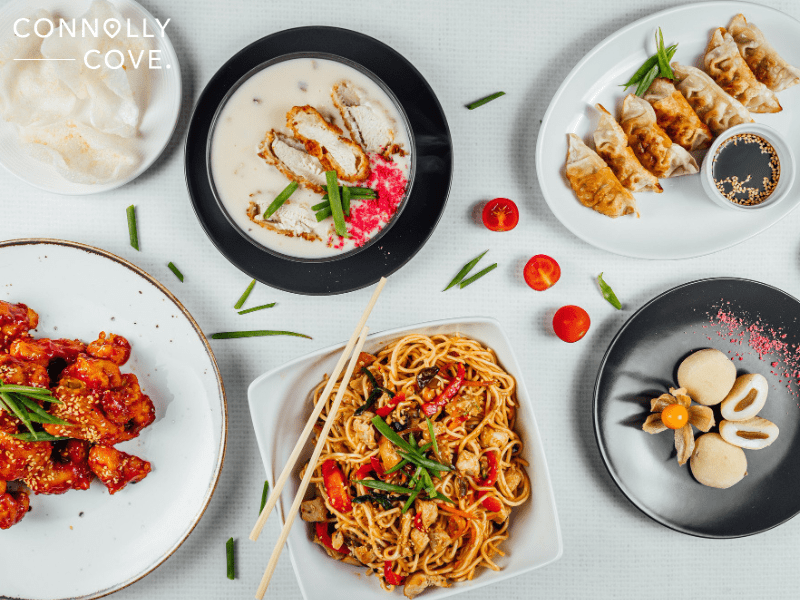
To speak of Chinese culture without mentioning its culinary traditions would be an oversight. Chinese cuisine is characterised by its regional diversity, from the fiery heat of Sichuan peppercorns to the sweet and savoury flavours of Cantonese dishes. Rice and noodles form the staple of the Chinese diet. Still, the variety comes from the preparation of accompanying dishes, which include an array of meats, vegetables, and sauces, with flavours tailored by techniques such as steaming, frying, braising, and roasting.
Dim sum, originating from Guangdong province, encapsulates the social aspect of food in Chinese culture, often enjoyed in a communal setting. Meanwhile, the tradition of drinking tea, which dates back thousands of years, is a ritualistic experience integral to the Chinese social fabric, emphasising the importance of pause and reflection.
Best Places to Visit to Eat Delicious Chinese Food
- Beijing for Peking Duck: To taste one of China’s most iconic dishes, visit one of Beijing’s renowned Peking Duck restaurants, where this delicacy is prepared with time-honoured techniques.
- Chengdu or Chongqing for Sichuan Cuisine: To experience the fiery zest of Sichuan cuisine, Chengdu and Chongqing offer authentic culinary experiences with local specialities like Mapo Tofu and hotpot.
- Guangzhou for Dim Sum: The birthplace of dim sum offers an array of traditional eateries where you can indulge in this culinary art form, often in the setting of traditional teahouses.
As the oldest country in the world, China has given us more than we can properly count! The country’s rich history has changed the trajectory of its existence as well as multiple other countries around it. Chinese culture has touched every aspect of our lives, from our work to our pleasure time, and for that, the world will always owe China. As a visitor, you will never have a boring moment visiting the multiple cities of China and basking in their history and their culture. So enjoy every second you get in that marvellous country!






